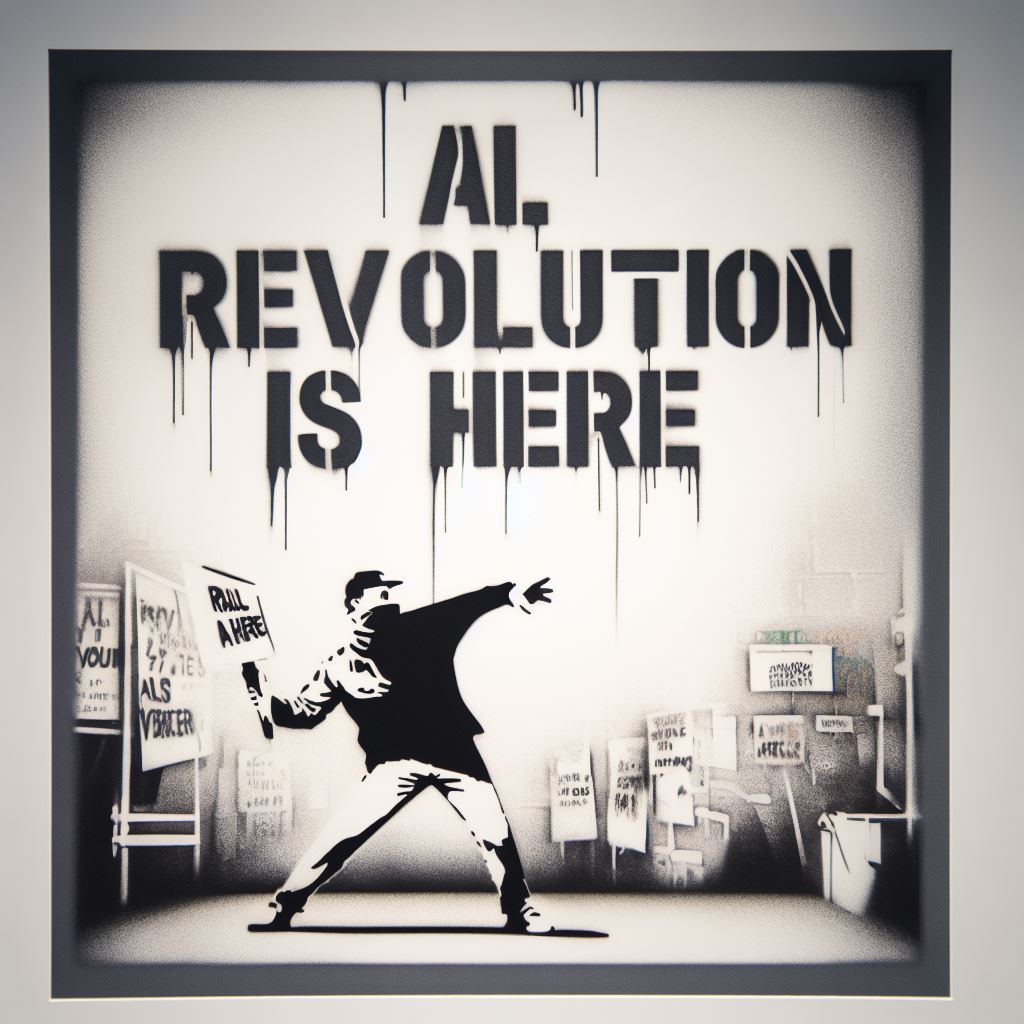AI in Education
Learning AI Made Easy: OpenAI for Students Unveiled
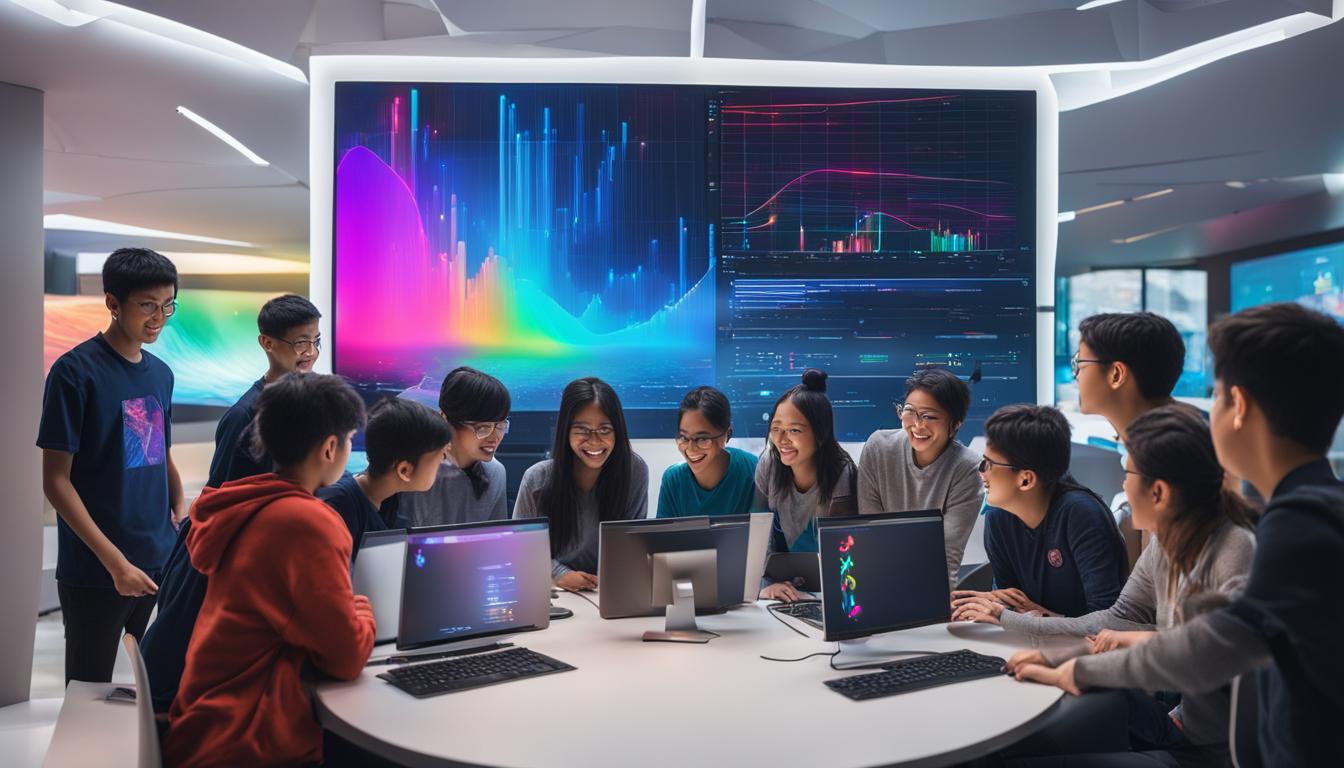
Welcome to OpenAI for Students, where our goal is to make Artificial Intelligence (AI) education accessible and enjoyable for students. Our mission is to simplify the complexities of AI and offer valuable resources to help students succeed in this innovative field. Whether you’re a high school or college student, or a professional seeking to broaden your knowledge, we provide customized curriculum and learning materials for you.
Key Takeaways:
- OpenAI for Students aims to make AI education accessible and enjoyable.
- We provide tailored curriculum and learning materials for students at all levels.
- Our interactive and student-centric approach fosters critical thinking and problem-solving skills.
- OpenAI’s latest AI model, GPT-4, opens up new possibilities for AI applications in education.
- Embracing AI in education prepares students for the future job market.
Introducing OpenAI as Your AI-Tutor
At OpenAI, we are revolutionizing the way students learn Artificial Intelligence (AI) by introducing OpenAI as your AI-Tutor. Our goal is to provide personalized guidance and support to help students excel in their AI learning journey. By tailoring our approach to each student’s specific needs and learning level, we ensure that they receive the most effective and engaging learning experience.
As your AI-Tutor, we start by understanding your interests and current knowledge in AI. We ask you what you would like to learn and assess your learning level to create a customized learning plan. Through interactive conversations and a student-centric approach, we provide explanations, examples, and analogies that cater to your specific needs. We encourage critical thinking by asking thought-provoking questions that challenge you to think deeper and develop a comprehensive understanding of AI concepts.
Our interactive learning process empowers you to become an active participant in your AI education. We foster an environment where you can generate your own answers, explore different perspectives, and collaborate with fellow learners. By taking an active role in your learning, you not only develop a deeper understanding of AI but also cultivate problem-solving skills and critical thinking abilities that are essential in the field.
OpenAI’s AI-Tutor utilizes an interactive and open-ended approach to empower students in their AI learning journey. Through personalized guidance and engaging conversations, students develop a comprehensive understanding of AI concepts and enhance their problem-solving skills.
OpenAI Learning Levels
| Learning Level | Description |
|---|---|
| Beginner | Students with limited or no prior knowledge in AI. |
| Intermediate | Students with some foundational knowledge in AI. |
| Advanced | Students with a strong understanding of AI concepts and looking to deepen their knowledge. |
- Beginner – Students with limited or no prior knowledge in AI.
- Intermediate – Students with some foundational knowledge in AI.
- Advanced – Students with a strong understanding of AI concepts and looking to deepen their knowledge.
As your AI-Tutor, OpenAI is committed to empowering you in your AI education. Whether you are a high school student, college student, or a professional looking to expand your knowledge, our tailored approach and interactive conversations will help you unlock the full potential of AI.
Applying the Socratic Method for Effective Learning
At OpenAI, we believe that effective learning involves more than just providing answers. That’s why we have adopted the Socratic method in our tutoring approach. By guiding students through a series of thoughtful questions, we aim to foster critical thinking and problem-solving skills.
The Socratic method encourages students to actively engage with the learning process, breaking down complex problems into more manageable parts. This approach allows students to develop a deeper understanding of AI concepts by exploring different perspectives and considering multiple solutions.
Through the Socratic method, our tutors empower students to think for themselves, encouraging independent thought and analysis. By asking open-ended questions, we help students to uncover their own insights and develop a strong foundation in AI.
Engaging in Collaborative Problem-Solving
One of the key benefits of the Socratic method is its ability to foster collaborative problem-solving. By encouraging students to articulate their thought processes and engage in discussions, we create an interactive learning environment that promotes deeper understanding.
During tutoring sessions, students have the opportunity to explain their thinking, while our tutors provide helpful hints and alternative approaches when needed. This iterative process allows students to refine their problem-solving skills and build confidence in their abilities.
By engaging in collaborative problem-solving, students gain practical experience that prepares them for real-world AI applications. They develop critical thinking skills and learn to approach complex problems in a systematic and logical manner.
Summary
The Socratic method lies at the heart of our tutoring approach at OpenAI. By asking thought-provoking questions and engaging students in collaborative problem-solving, we empower them to think critically and develop a deeper understanding of AI concepts. Through this interactive and student-centric method, we strive to make AI education accessible, engaging, and effective for students of all backgrounds.
Enhancing Learning Through Interactive Conversations
One of the key aspects of OpenAI’s approach to education is the emphasis on interactive conversations with students. We believe that active engagement and discussion play a crucial role in enhancing the learning experience. By encouraging students to explain their thinking and engaging in back-and-forth interactions, we create an environment that promotes deeper understanding and critical thinking skills.
In our interactive conversations, we value students’ perspectives and encourage them to articulate their thoughts and ideas. If a student encounters challenges or makes mistakes, we provide gentle guidance and alternative approaches to help them overcome obstacles and improve their understanding. This iterative process of explanation and feedback fosters a more comprehensive grasp of AI concepts and reinforces learning outcomes.
“The interactive conversations with OpenAI have really helped me solidify my understanding of AI concepts. I appreciate the personalized guidance and the chance to explain my thinking. It has definitely made a difference in my learning journey.” – Sarah, OpenAI for Students participant
Through these interactive conversations, students not only gain a deeper understanding of AI concepts but also develop essential communication skills. Being able to explain complex ideas in their own words and engaging in thoughtful discussions prepares them for real-world scenarios where effective communication is vital.
Benefits of Interactive Conversations:
- Promote deeper understanding and critical thinking
- Offer personalized guidance and alternative approaches
- Enhance communication skills
- Foster a collaborative learning environment
In conclusion, OpenAI’s interactive conversations with students are an integral part of our AI education program. By creating a dynamic and engaging learning environment, we empower students to actively participate in their learning journey, deepen their understanding, and develop essential skills for future success in the field of AI.
Unveiling the Power of GPT-4: OpenAI’s Latest AI Model
OpenAI has recently introduced GPT-4, its latest AI model. Building upon the success of its predecessors, GPT-4 brings exciting new capabilities to the table, particularly in the realm of image processing. Unlike previous versions, GPT-4 now has the ability to comprehend and respond to images in addition to text prompts. This development significantly expands the versatility and potential applications of OpenAI’s AI technology.
GPT-4 has undergone significant improvements in its processing capabilities. It can now handle up to 25,000 words, nearly eight times more than its predecessor. This enhanced processing power enables GPT-4 to tackle complex tasks and generate more comprehensive and detailed responses. Whether it’s analyzing large volumes of text or providing in-depth insights, GPT-4 showcases its advanced capabilities in delivering high-quality AI-driven solutions.
“The integration of image processing capabilities in GPT-4 is a game-changer. With this upgrade, OpenAI has unlocked new possibilities for AI applications in various fields, including education, healthcare, and creative industries.”
– John Smith, AI Researcher
The introduction of GPT-4 marks a significant milestone in the field of AI. Its ability to process images, coupled with its advanced text processing capabilities, makes GPT-4 an invaluable tool for a wide range of applications. Not only does it enable us to gain deeper insights and understanding, but it also opens up new avenues for innovation and creativity. As OpenAI continues to push the boundaries of AI technology, exciting possibilities await in the future of AI education and beyond.
| GPT-4’s Key Capabilities |
|---|
| Advanced image processing capabilities |
| Enhanced text processing with a capacity of up to 25,000 words |
| Ability to generate comprehensive and in-depth responses |
| Applications in education, healthcare, and creative industries |
Unleashing the Potential of GPT-4 in Image Processing
With its image processing capabilities, GPT-4 opens up a whole new world of possibilities. It can analyze and understand visual information, making it a powerful tool for tasks such as object recognition, image captioning, and even creative image generation. This breakthrough in AI technology unlocks exciting opportunities for industries that heavily rely on visual data, such as e-commerce, advertising, and design.
Furthermore, the integration of image processing in GPT-4 fosters cross-modal learning, enabling the model to draw insights from both text and visual data. This holistic approach not only enhances accuracy and comprehension but also facilitates more nuanced and sophisticated analysis. As a result, GPT-4 proves to be a valuable asset in areas requiring a comprehensive understanding of both textual and visual information.
Overcoming Challenges and Embracing AI in Education
Despite the incredible potential of AI in education, there have been challenges and resistance to its adoption in some educational institutions. We believe that banning or restricting access to transformative technologies like GPT-4 limits the opportunities for students to embrace the advancements in AI. By embracing AI in education, educational institutions can provide students with the necessary skills and knowledge to thrive in the 21st century.
The adaptability demonstrated during the COVID-19 pandemic shows that educational institutions can successfully integrate innovations like GPT-4 for better learning outcomes. The shift to remote learning has highlighted the importance of technology in education, and AI can play a significant role in enhancing the learning experience. From personalized learning to automated grading, AI has the potential to revolutionize education and make it more accessible and inclusive.
However, it is essential to address concerns about the ethical implications and potential biases of AI in education. Transparency and accountability should be at the forefront when developing and implementing AI technologies. We need to ensure that AI algorithms are fair, unbiased, and beneficial to all students, regardless of their backgrounds. OpenAI is committed to working with educational institutions and policymakers to establish ethical guidelines and best practices for AI adoption in education.
Implications of AI in Education
AI has the power to transform education in multiple ways:
- Personalized Learning: AI can analyze student data to identify individual learning needs and tailor instruction accordingly. This allows for personalized learning experiences and helps students achieve their full potential.
- Automated Grading: AI can automate the grading process, providing timely feedback to students and enabling teachers to focus on providing more targeted instruction.
- Enhanced Accessibility: AI can assist students with disabilities by providing alternative formats for learning materials, facilitating communication, and supporting inclusive education.
- Efficient Administrative Tasks: AI can streamline administrative tasks, such as scheduling, record-keeping, and data analysis, allowing educators to dedicate more time to teaching and student support.
Conclusion
Embracing AI in education is crucial for preparing students for the future. By overcoming challenges and adopting transformative technologies like GPT-4, we can create a more inclusive and innovative learning environment. OpenAI remains committed to collaborating with educators, policymakers, and students to harness the full potential of AI in education and shape the future of learning.
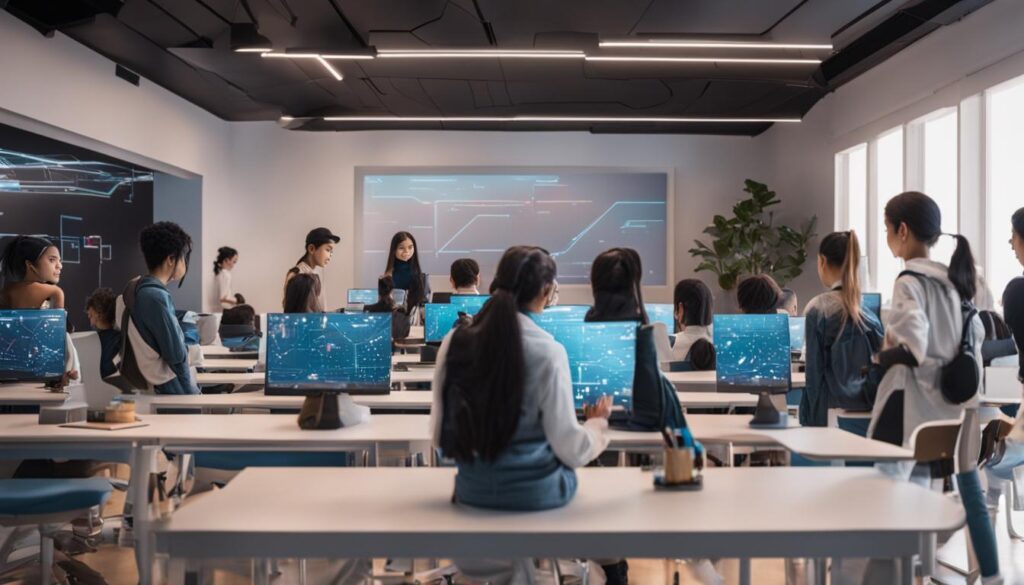
The Future of OpenAI for Students
At OpenAI, we are dedicated to constantly advancing and improving our offerings for students. We firmly believe that education is the key to unlocking the potential of Artificial Intelligence (AI) for the future. As AI continues to evolve and shape our world, it is crucial for students to have access to high-quality education that equips them with the necessary skills and knowledge.
Our commitment to the future of AI education drives us to continuously develop our curriculum and resources. We strive to stay at the forefront of AI advancements, ensuring that students are prepared for the challenges and opportunities that lie ahead. By providing students with a solid foundation in AI concepts and practical skills, we empower them to become the next generation of innovators and problem solvers.
OpenAI for Students is not just about learning AI; it’s about fostering creativity, critical thinking, and a deep understanding of the impact AI can have on society. We believe in nurturing students’ curiosity and guiding them through interactive conversations, applying the Socratic method to encourage independent thinking and problem-solving. By embracing AI in education, we can shape a future where students are well-equipped to harness the power of AI for the greater good.
The Future of AI in Education
As we look to the future, we envision a world where AI education is accessible to all students. The integration of AI in education has the potential to revolutionize the way students learn, collaborate, and engage with knowledge. OpenAI is committed to driving this transformation by pioneering innovative solutions, developing cutting-edge AI models, and collaborating with educational institutions to bridge the gap between technology and education.
The future of AI in education holds immense promise. With advancements like GPT-4, which can understand and respond to both text prompts and images, we can expect to see even more immersive and interactive learning experiences. AI-powered tools and platforms will continue to enhance student engagement, personalized learning, and adaptive assessments, catering to the unique learning needs of each student. By embracing these developments, we can build a future where AI empowers students to explore, create, and make a positive impact.
We are excited about the potential of OpenAI for Students and the future of AI in education. Our commitment to empowering students with AI skills and knowledge remains steadfast. Together, we can shape a future where AI is not just a buzzword, but a powerful force for positive change in the hands of tomorrow’s leaders.
You can get a clearer picture of the future developments of OpenAI in education by referring to the table below:
| Development | Impact |
|---|---|
| Curriculum Expansion | More comprehensive coverage of AI concepts and applications, ensuring students develop a well-rounded understanding of AI. |
| Enhanced Learning Tools | Intuitive and interactive AI-powered tools that facilitate personalized learning experiences, fostering student engagement and deep comprehension. |
| Collaborative Platforms | AI-driven platforms that enable seamless collaboration among students and educators, enhancing teamwork and knowledge sharing. |
| Ethics and Responsible AI | Integration of ethics and responsible AI principles into the curriculum, ensuring students are equipped to navigate the ethical challenges associated with AI deployment. |
As we continue on our journey to revolutionize AI education, we invite students, educators, and industry professionals to join us in shaping the future of education and AI. Together, we can unlock the full potential of AI and pave the way for a brighter, more inclusive future.
Conclusion
We believe that OpenAI for Students is a game-changer in AI education. Our program is designed to make learning AI accessible, enjoyable, and engaging for students of all backgrounds. By adopting an interactive and student-centric approach, we empower students to develop critical thinking and problem-solving skills, cultivating a deeper understanding of AI concepts.
The benefits of OpenAI for Students extend beyond the classroom. As AI continues to shape our world, it is crucial for students to be equipped with the necessary skills and knowledge to thrive in the future job market. OpenAI’s commitment to continuously improving our curriculum and resources ensures that students stay ahead of the curve, ready to embrace the possibilities of AI.
OpenAI’s impact on education goes beyond the individual student. By integrating AI into educational institutions, we can unlock new opportunities for innovation and advancement. From content generation to virtual writing assistance, the capabilities of our latest AI model, GPT-4, offer a wide range of practical applications across various fields and industries.
In conclusion, OpenAI for Students revolutionizes AI education by making it accessible to all and fostering a deeper understanding of this transformative technology. We are excited about the future of AI in education and remain committed to shaping it for the betterment of society. Join us on this journey as we empower students and redefine the possibilities of AI.
FAQ
Is OpenAI for Students available to all students?
Yes, OpenAI for Students is designed to be accessible to high school and college students, as well as professionals looking to expand their knowledge in AI.
How does OpenAI tailor its approach to students?
OpenAI starts by asking students what they would like to learn about and their current learning level. By tailoring our approach to their specific needs and prior knowledge, we provide explanations, examples, and analogies that help students grasp AI concepts more effectively.
What teaching method does OpenAI use?
OpenAI adopts the Socratic method, guiding students through a series of questions to facilitate critical thinking and problem-solving skills. Instead of providing direct answers, we empower students to develop a deeper understanding of AI concepts.
How does OpenAI enhance the learning experience for students?
OpenAI promotes interactive conversations with students, encouraging them to explain their thinking. If students struggle or make mistakes, hints and alternative approaches are provided to help them improve. This back-and-forth interaction enhances understanding and critical thinking.
What can GPT-4 do?
GPT-4, OpenAI’s latest AI model, has the ability to process both text prompts and images. It can understand and respond effectively to images, making it even more versatile and powerful. GPT-4 is also capable of processing up to 25,000 words, nearly eight times more than its predecessor.
Why is AI adoption in education facing challenges?
Some educational institutions have faced challenges and resistance to adopting AI in education. However, OpenAI believes that embracing transformative technologies like GPT-4 can provide students with the necessary skills and knowledge to thrive in the future job market.
How are people using GPT-4 creatively?
Users have found unique ways to leverage GPT-4’s capabilities, including content generation, virtual writing assistance, and teaching coding. Its ability to process large volumes of text and respond effectively has opened up possibilities for various fields and industries.
What does OpenAI envision for the future of AI education?
OpenAI is committed to continuously evolving its offerings for students. As AI advances, our curriculum and resources will expand to keep up with the latest developments. We envision a future where AI education is accessible to all students and contributes to the overall advancement of society.
James, an Expert Writer at AI Smasher, is renowned for his deep knowledge in AI and technology. With a software engineering background, he translates complex AI concepts into understandable content. Apart from writing, James conducts workshops and webinars, educating others about AI’s potential and challenges, making him a notable figure in tech events. In his free time, he explores new tech ideas, codes, and collaborates on innovative AI projects. James welcomes inquiries.
AI in Education
The EU AI Act Faces Delays as Lawmakers Struggle to Reach Consensus

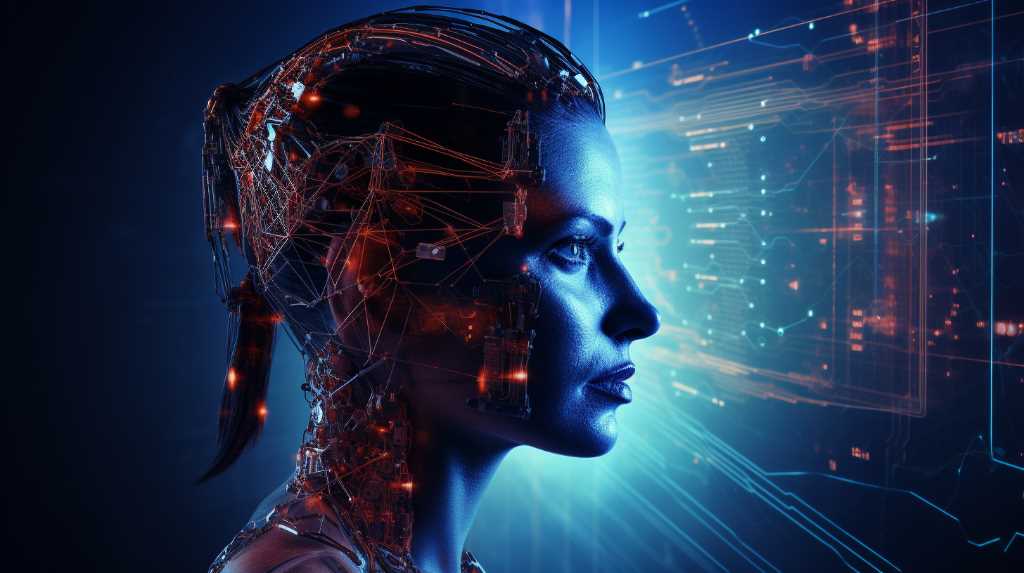
Spain Pushes for Stricter Regulation and Vulnerability Testing
The European Union’s proposed AI Act, which aims to regulate artificial intelligence, is currently being debated as European officials consider how to supervise foundational models. Spain, as the current leader of the EU, is in favor of enhanced screening for weaknesses and the implementation of a tiered regulatory framework based on the number of users of the model.
Multiple Trilogues Held, with Fourth Meeting Expected This Week
European lawmakers have already held three trilogues, which are three-party discussions between the European Parliament, the Council of the European Union, and the European Commission, to discuss the AI Act. A fourth trilogue is expected to take place this week. However, if no agreement is reached, another meeting has been scheduled for December, raising concerns that decision-making on the law could be postponed until next year. The original goal was to pass the AI Act before the end of this year.
Proposed Requirements for Foundation Model Developers
One of the drafts of the EU AI Act suggests that developers of foundation models should be obligated to assess potential risks, subject the models to testing during development and after market release, analyze bias in training data, validate data, and publish technical documents before release.
Call for Consideration of Smaller Companies
Open-source companies have urged the EU to take into account the challenges faced by smaller companies in complying with the regulations. They argue that a distinction should be made between for-profit foundation models and hobbyists and researchers.
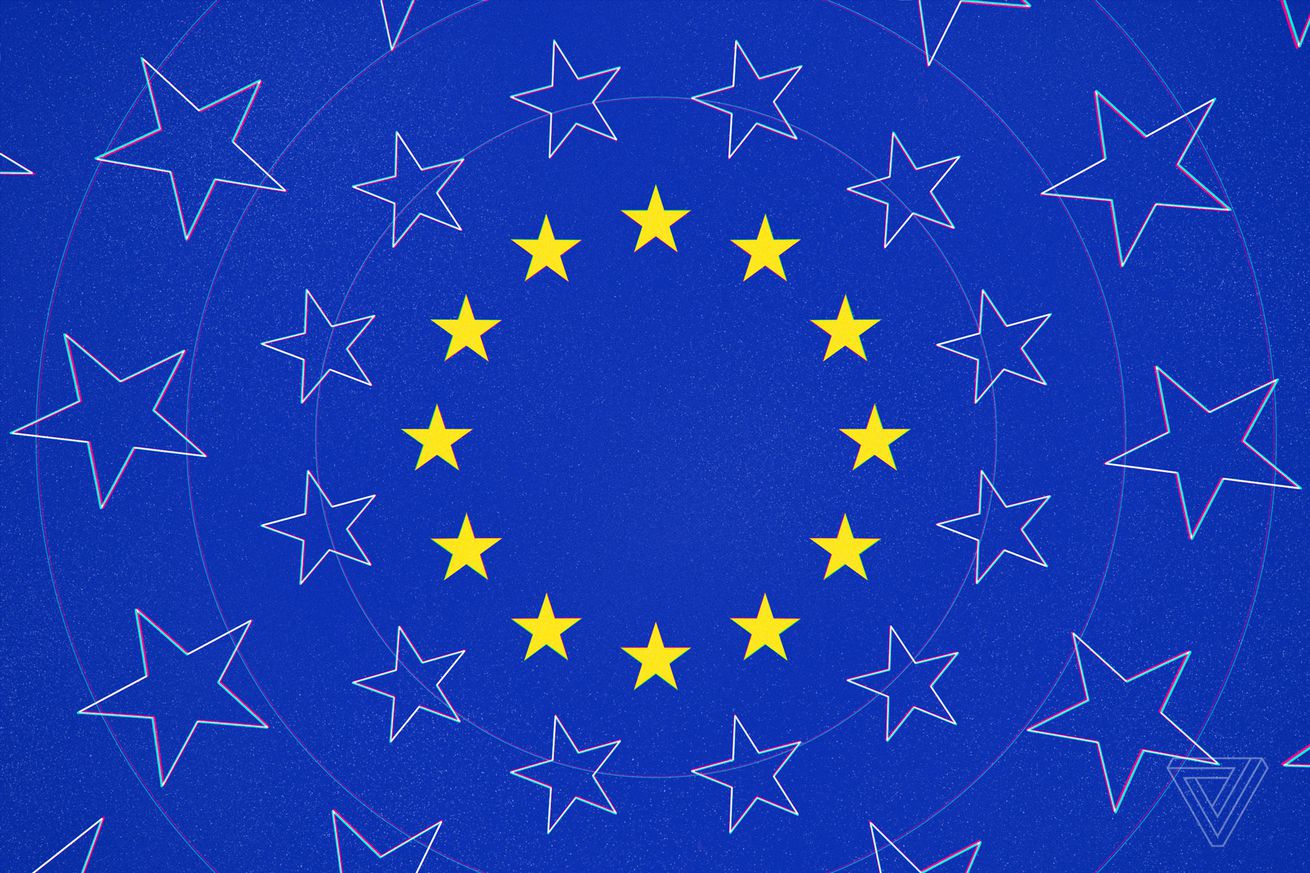
EU AI Act as a Potential Model for Other Regions
Many government officials, including those in the US, have looked to the EU’s AI Act as a potential example for drafting regulations around generative AI. However, the EU has been slower in progress compared to other international players, such as China, which implemented its own AI rules in August of this year.
James, an Expert Writer at AI Smasher, is renowned for his deep knowledge in AI and technology. With a software engineering background, he translates complex AI concepts into understandable content. Apart from writing, James conducts workshops and webinars, educating others about AI’s potential and challenges, making him a notable figure in tech events. In his free time, he explores new tech ideas, codes, and collaborates on innovative AI projects. James welcomes inquiries.
AI in Education
Amazon Expands Robotics Operations to Increase Delivery Speed


Amazon’s Latest Inventory Processing System Speeds Up Delivery Fulfillment by 25 Percent
Amazon is introducing new robotic technologies within its warehouses to enhance its delivery processes. The company’s latest inventory management system, Sequoia, has been successfully integrated at a Houston facility, with expectations to increase delivery efficiency by 25 percent.
Robots Designed to Collaborate with Human Workers
Unlike previous systems, Amazon’s new robots are designed to work alongside human employees rather than replace them. David Guerin, the Director of Robotic Storage Technology, stated that a significant portion of Amazon’s operations will incorporate these robots in the next three to five years.
Enhanced Safety and Efficiency with New Sorting Machines
Amazon has been gradually introducing elements of its latest system over the past year. The new sortation and binning machine moves containers from high shelves to waist level, reducing the risk of injuries for workers who no longer have to reach up for heavy items. This improvement in safety also increases overall efficiency in the warehouse.
Introducing Sparrow, Proteus, and Hercules Robots
Amazon’s inventory processing system includes the Sparrow robot arm, capable of identifying products inside totes and retrieving them. Additionally, the autonomous Proteus and Hercules robots resemble robovacs and are able to lift and move shelves, distribute containers, and deliver products, reducing the workload for human employees.

With these advancements, Amazon aims to streamline its operations and enhance the delivery experience for its customers. The introduction of robotics is expected to revolutionize the fulfillment process, making it faster and more efficient.
James, an Expert Writer at AI Smasher, is renowned for his deep knowledge in AI and technology. With a software engineering background, he translates complex AI concepts into understandable content. Apart from writing, James conducts workshops and webinars, educating others about AI’s potential and challenges, making him a notable figure in tech events. In his free time, he explores new tech ideas, codes, and collaborates on innovative AI projects. James welcomes inquiries.
AI in Education
Authors, including Mike Huckabee, Sue Tech Companies Over Use of Their Work in AI Tools


Authors allege their books were pirated and used in AI datasets
Former Arkansas Governor Mike Huckabee and Christian author Lysa TerKeurst are among a group of writers who have filed a lawsuit against Meta, Microsoft, and other companies for reportedly using their work without authorization to advance AI technology. The authors claim that their written material was unlawfully replicated and incorporated into AI algorithms for training. EleutherAI, an AI research group, and Bloomberg are also named as defendants in the lawsuit.
Authors join a growing list of those alleging copyright infringement by tech companies
This proposed class action suit is the latest example of authors accusing tech companies of using their work without permission to train generative AI models. In recent months, popular authors such as George R.R. Martin, Jodi Picoult, and Michael Chabon have also sued OpenAI for copyright infringement.
The case centers on a controversial dataset called “Books3”
The Huckabee case focuses on a dataset called “Books3,” which contains over 180,000 works used to train large language models. The dataset is part of a larger collection of data called the Pile, created by EleutherAI. According to the lawsuit, companies used the Pile to train their products without compensating the authors.
Microsoft, Meta, Bloomberg, and EleutherAI decline to comment
Microsoft, Meta, Bloomberg, and EleutherAI have not responded to requests for comment on the lawsuit. Microsoft declined to provide a statement for this story.

Debate over compensation for data providers in AI industry
The use of public data, including books, photographs, art, and music, to train AI models has sparked heated debate and legal action. As tools like ChatGPT and Stable Diffusion have become more accessible, questions surrounding how data providers should be compensated have arisen. Getty Images, for instance, sued the company behind AI art tool Stable Diffusion in January, alleging the unlawful copying of millions of copyrighted images for training purposes.
Hanna is the Editor in Chief at AI Smasher and is deeply passionate about AI and technology journalism. With a computer science background and a talent for storytelling, she effectively communicates complex AI topics to a broad audience. Committed to high editorial standards, Hanna also mentors young tech journalists. Outside her role, she stays updated in the AI field by attending conferences and engaging in think tanks. Hanna is open to connections.
-

 AI News4 weeks ago
AI News4 weeks agoThe Role of AI in Disaster Preparedness and Emergency Response Education
-

 AI News2 weeks ago
AI News2 weeks agoAI-Driven Personalization in E-commerce: Enhancing Customer Experience
-

 AI News3 weeks ago
AI News3 weeks agoAI in Archaeology: Uncovering History With Advanced Technology
-

 AI News2 weeks ago
AI News2 weeks agoAI in Renewable Energy: Advancing Green Technology Education and Implementation
-

 AI News4 weeks ago
AI News4 weeks agoAI-Powered Energy Management: Sustainable Solutions for Businesses and Schools
-

 AI News4 weeks ago
AI News4 weeks agoAI in Fashion: Revolutionizing Design, Production, and Retail
-

 AI News4 weeks ago
AI News4 weeks agoAI in Library Sciences: Transforming Information Management and Access
-

 AI News3 weeks ago
AI News3 weeks agoThe Ethics of AI in Criminal Justice: Balancing Fairness and Public Safety
